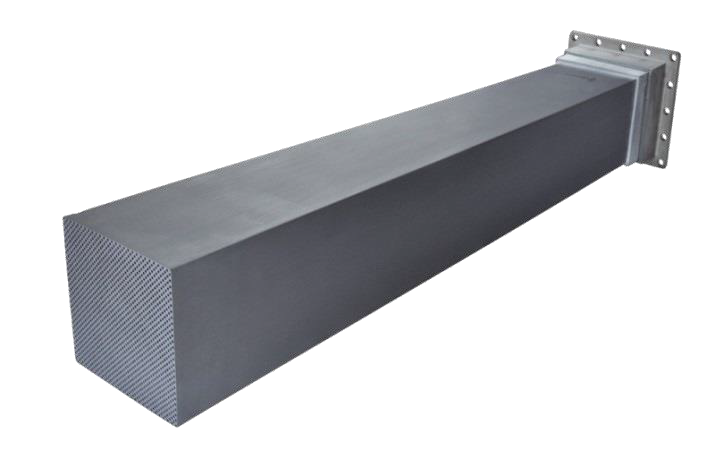Are you still using filters with 150-year-old technology or are you ready for the next generation of water filtration?
Some types of swimming pool filters have been using technology developed more than a century ago. Saint-Gobain introduces silicon carbide filter membranes for the next generation of water filtration for swimming pools.
Crystar® FT ceramic membrane filters consist completely of re-crystallized silicon carbide and are developed to resist even extreme mechanical, thermal and chemical stress.
Crystar® FT ceramic membrane filters have a dead-end design. The filters consist of a multitude of parallel channels that are alternately closed. The water enters through the inlet channels, is filtered by a membrane with fine pores, passes through the wall of the channel, and leaves the filter through the outlet channels.
Unlike traditional sand filters that have been in use for nearly 150 years, Crystar® FT ceramic membrane filters offer low water consumption and provide with their 250nm pore size a physical barrier for bacteria and other micro-organisms. The combination of microfiltration, chlorination and UV treatment results in amazing water quality. Additionally, significantly fewer produced chlorine byproducts reduce the odor associated with indoor pools.
Due to its high filtration area, filtration systems with Crystar® FT ceramic membrane filters require small footprints. They fit easier into existing technical rooms, which can avoid high reconstruction costs. In new swimming pool construction, technical rooms could be smaller, also resulting in cost savings.
To resume:
- 30% lower footprint required
- 50% lower height
- 70% lower backwash water consumption
- 40% less turbidity of pool water
- 40% less combined chlorine (chloramines)
- 30% less THM (trihalomethanes)
- Better management of water quality to required government standards
Example of a ceramic filter: 1 m (39 3/8 in) long and 15x 15 cm (5 7/8 x 5 7/8 in) of section

Extremity of the filter : The channels are alternatively open and closed.

This is how the water passes through the filter:
The certification NSF / ANSI 50-2015
- Certificate Number: 20170301-MH61987
Report Reference: MH61987-20170227